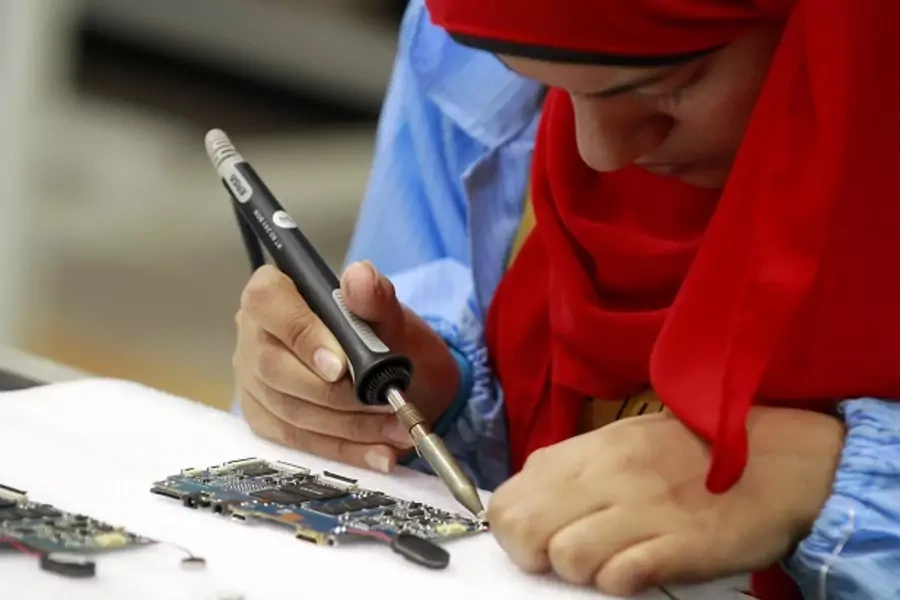New Interactive Reports on Women's Economic Empowerment

More on:
Alexandra Bro, research associate of the Women and Foreign Policy program, contributed to the development of this blog post.
Closing the gender gap in the workforce could add a staggering $28 trillion to the global GDP—yet most countries still have laws that make it harder for women to work than men. Two new interactive reports highlight where these barriers remain, and how removing them could lead to global economic growth.
The “Women’s Workplace Equality Index” is the first-ever global index ranking 189 countries on legal gender equality in the workplace. Australia tops the index with a score of 94.9 out of 100. Canada is ranked second, Mexico fifth, and the United States twentieth. Yemen is ranked last, with a score of 24.2 out of 100. Saudi Arabia is ranked 179th and Pakistan 164th.
Visualizing information from the World Bank’s Women, Business and the Law dataset, the report demonstrates that 104 countries restrict the kinds of jobs women can hold, seventy-five countries restrict women’s property rights, and fifty-nine countries lack any legal protection against sexual harassment in the workplace.
But governments are beginning to understand the costs—and take action. Between 2015 and 2017, over 110 countries and territories carried out more than 180 reforms that improved women’s economic opportunities. The report proposes policy solutions to level the legal playing field for women, and calls on governments to do more to implement existing laws and policies that provide for women’s equality.
The second report, “Growing Economies Through Gender Parity,” presents data from the McKinsey Global Institute on the relationship between women’s workforce participation and GDP growth in over 100 countries around the world. The report finds that both advanced and developing countries stand to benefit if women participate in the labor force to the same extent as men: The U.S. economy would grow by 19 percent by 2025, China’s by 20 percent, and Mexico’s by 43 percent. The highest potential increase would be in India, at 60 percent. The report features extensive data visualizations, case studies, exclusive interviews with economic leaders, and policy recommendations.
Nations around the world can increase national and global GDP by growing women’s economic participation, but to be equal participants in work, women need to be equal partners in society. Policy responses to incentivize legal reform and enforcement, increase women’s access to capital and financial services, and create an economic-inclusion challenge fund could move the needle on women’s participation in the global economy, unlocking much-needed growth potential.
Explore “Women’s Workplace Equality Index” at cfr.org/LegalEquality. This interactive report is made possible by the generous support of the Bill & Melinda Gates Foundation.
Explore “Growing Economies Through Gender Parity” at cfr.org/women-growth. This interactive report is made possible by the generous support of the William and Flora Hewlett Foundation.
More on:
 Online Store
Online Store